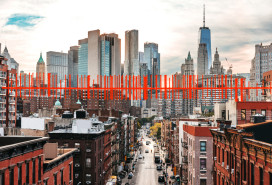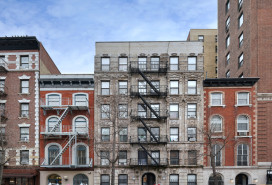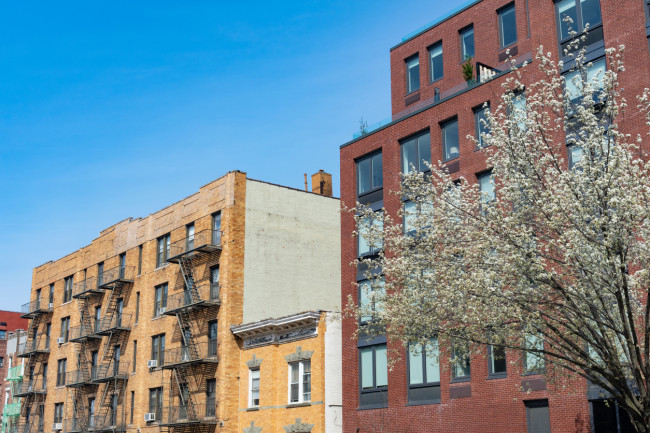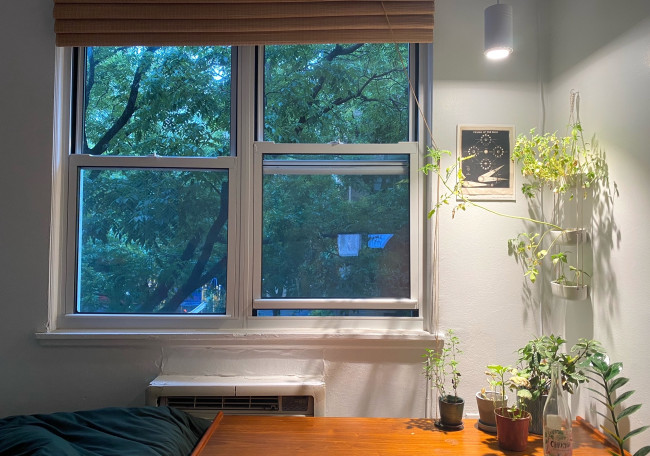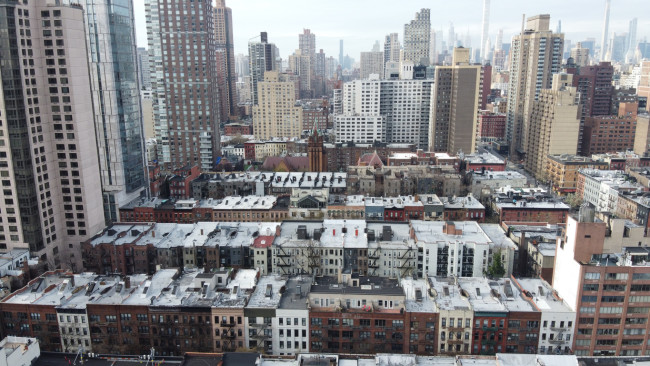Chinatown: The insider's guide to living there
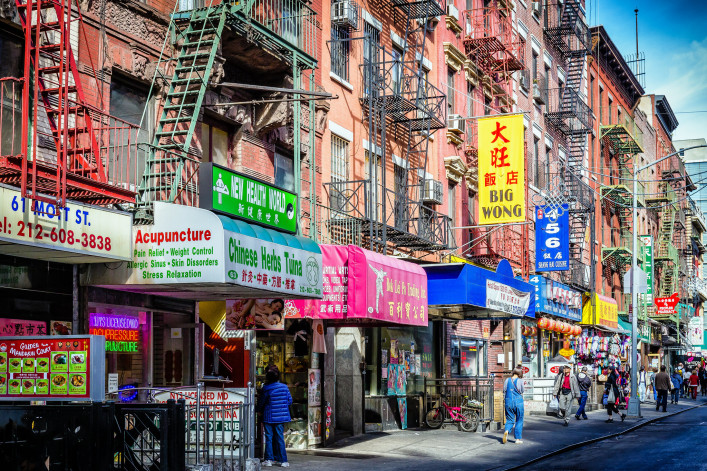
Manhattan's Chinatown has seen many restaurants close during the pandemic, but the neighborhood is also seeing new investment.
New York City neighborhood boundaries are constantly changing, but few have transformed as dramatically as those of Manhattan’s Chinatown. What began as a small enclave around Pell, Doyers, and Mott streets has grown exponentially over the past few decades. Now the neighborhood pretty much envelopes what was once Little Italy to the north and has expanded into a big chunk of the Lower East Side, once a predominantly Jewish neighborhood, to the southeast.
An 1859 New York Times article estimated that at that time, there were only about 150 Chinese men living in lower Manhattan. Why only Chinese men? Because immigration laws at the time wouldn’t allow the wives and families of these men to join them. By the 1870s, the neighborhood had grown to 2,000, an increase that Peter Kwong, author of "The New Chinatown," attributes to “a violent anti-Chinese movement in the West and the completion of the transcontinental railroad.”
Throughout the 1900s, the Chinese population of Manhattan’s Chinatown grew slowly and steadily until it surged dramatically in the 1960s, when immigration quotas based on national origin were abolished.
[Editor's note: A previous version of this post was published in April 2019]. We are presenting it again with updated information for July 2022.]
Karlin Chan, a community activist who has lived in Chinatown for over 60 years, describes the large-scale changes he has seen: “The Chinatown of the 1960s was all of five blocks sandwiched between Italian and Jewish communities. There was more of a sense of community among the locals, everyone knew each other. Chinatown saw tremendous growth in the early ’70s as more Hong Kong Chinese immigrants settled in the area and then again during the ’80s and ’90s when mainland Chinese came in droves.
“Over the past 10 years, gentrification and high rents have made New York’s original Chinatown no longer an affordable settlement point for new immigrants, who choose Brooklyn or other options instead,” he says.
One group fiercely dedicated to keeping Chinatown affordable for immigrants and low-income New Yorkers is the Chinatown Working Group, which has put together a community-led rezoning plan “to stop displacement in Chinatown and the Lower East Side,” according to Briar Winters, who, along with Zishun Ning, are co-chairs of the CWG.
The plan is a response to the two neighborhoods being left out of the protective rezoning of “the whiter, wealthier East Village in 2008,” Winters says.
“Our community was told that we would be next, instead, our turn never came and without protections, our neighborhood was targeted for luxury over-development, which has swiftly led to many residents, workers, and small businesses being priced out,” she says. Members of the CWG have launched lawsuits that successfully delayed construction of four proposed luxury mega towers on the waterfront and with NYC Council member Christopher Marte, are about to launch another suit in the coming weeks.
At one time, Manhattan’s Chinatown was home to almost all of NYC’s Chinese people, but by the 1980s, only 30 percent of all Chinese in the city were living there. As Chan says, many of the city’s newer immigrants chose to settle instead in one of the newly created outer borough Chinatowns—in Sunset Park and Bay Ridge in Brooklyn and Elmhurst and Flushing in Queens.
Today, Manhattan’s Chinatown has two fairly distinct sections: The western portion is home to the older Cantonese residents who arrived in the mid-20th century and the east is where the newer immigrants, mostly from Fujian province, have settled. This eastern portion of the neighborhood is often called Little Fuzhou, a reference to the capital city of Fujian province.
The Chinese who live in Chinatown speak a variety of dialects but share a common written language. Betty San, who grew up in Chinatown in the ’90s, explains that “20-30 years ago Chinatown was mostly filled with people who spoke Cantonese [from Hong Kong and Canton] but now there has been a much greater influx of people from Mainland China who speak Mandarin. So I think now there are still a lot of people who speak Cantonese but who probably also understand and/or speak some Mandarin. There are other dialects like Fuzhounese and Toisanese, but I would say it is mostly Cantonese and Mandarin that is spoken in today’s Chinatown.”
As more Chinese move to the outer boroughs, the population of Chinatown is becoming increasingly diverse. One resident, who has lived in Chinatown for more than 20 years, says that when she moved into her co-op, about 80 percent of her neighbors were Asian, but that is changing as young families of different backgrounds move in.
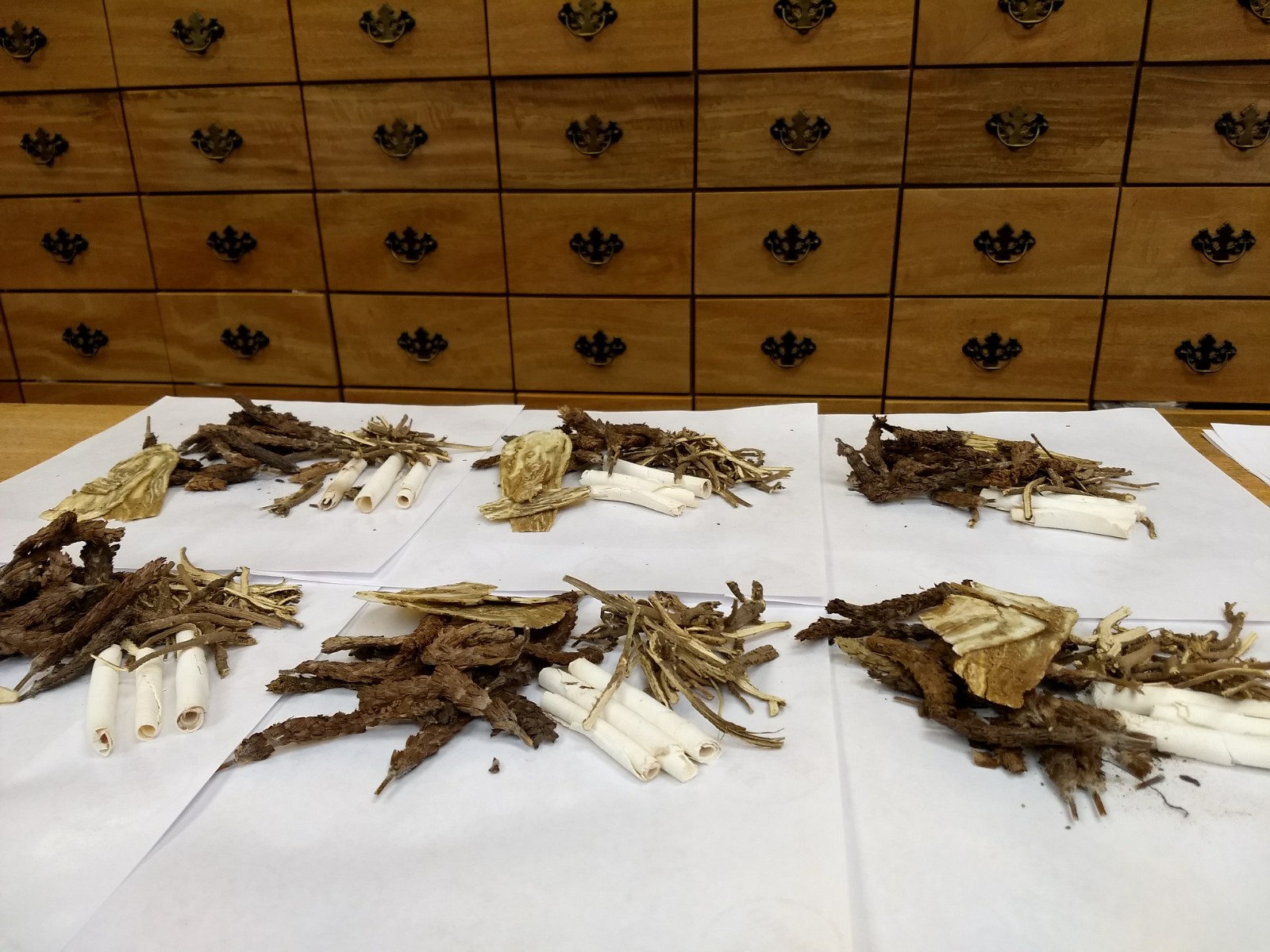
Thomas Leung agrees. He is the CEO of Kamwo Meridian Herbs, a Chinese pharmacy on Grand Street, a business that his father started in 1973. Leung moved to Chinatown from Hong Kong when he was seven years old in 1985.
Back then, he says, “Most of this side of Canal Street was Italian. I even remember an old Italian guy who lived here who still had a horse-drawn wagon!” Eventually, Leung’s parents bought the building where the business is located. Now, according to Leung, when older Chinese and Italian tenants leave the building, they are replaced by young people of varying backgrounds who are attracted by its ethnic feel and consider it a “sexy” place to live.
When this post was first written, the subject of safety never came up in conversations with any of the interviewees, but this time around, it did, in conversations with Chan and also with Lilian Eng, who lived in Chinatown for five years before moving to Queens. She still spends a lot of time in her old neighborhood
“The pandemic has changed Chinatown a lot but even a few months before it started, Chinatown was already affected by anti-Asian hate crimes. People weren’t going to the businesses,” Eng says.
Chan said that the neighborhood felt relatively safe until January 2021. He thinks that the homeless crisis in the neighborhood may have fueled the unsafe atmosphere and he blames the Department of Homeless Services and “Mayor de Bozo” for adding too many homeless shelters in the neighborhood without providing adequate safeguards.
Surrounded by Tribeca, Noho, the Lower East Side and Soho, all trendy and pricey neighborhoods, Chinatown remains a densely populated and lively mix of residential and commercial properties. Will it stay that way or will it be Disneyfied, as some of the other Chinatowns in other U.S. cities have? Will low-rise tenements with walk-up rentals and small, family-owned shops survive or will they be replaced by big, new developments? The answers depend on whether Manhattan’s Chinatown up to its latest challenge—gentrification.
Chan, who still lives in the apartment he grew up in and has been on the local Community Board for 10 years, is optimistic about Chinatown’s future.
“This past 18 months we have seen old favorites [restaurants] close but we are seeing new investment into the community, too. Chinese are resilient and entrepreneurial, and Chinatown has weathered the storms of 911 and Sandy and more recently, this pandemic, which had a devastating economic effect on the area.” Still, tourism has come back, he notes, with the return of daily tour groups.
“Obviously the dismantling and subsequent construction of the new jail will impact our community but Chinatown will survive as a working Chinatown where we live, work and shop,” Chan says. [Editor’s note: A detention center on White Street is scheduled to be demolished to make room for larger facility, meant to replace a soon-to-be closed Rikers.] “After all, the jail has brought three years of protest and it’s not done until it’s done.”
Previously, Corky Lee, an activist and commander of Chinatown’s American Legion Post, told Brick, “There’s worry about adding jail space in Chinatown. We already have three jails in the area. I’m hoping that they’ll find that the water table is too high for them to go through with their plans.” Lee passed away last year.
Boundaries: Chinatown’s boundaries are largely elastic and perpetually argued over, and no two residents gave us the same version, but let’s go with Delancey on the north, Chambers on the south, East Broadway on the east, and Broadway on the west.
Prices and rents: According to StreetEasy, the median sales price for a two-bedroom condo is $1,034,000; the median rental for a two bedroom, $3,823.
Lots of subway options but a parking space? Forget about it!
“Public transportation is great. I use it all the time. Now I take the F to and from work at PS 126 on Catherine Street to Fort Greene where I now live. When I lived in Chinatown, I would take the B or D from Grand Street or the N, Q, or R from Canal Street to get to any place I needed to go.” —Betty Sat, grew up in Chinatown in an apartment her parents own
“I live in New Jersey and have an easy commute. I take a bus to the George Washington Bridge then get on the A train. Drive in? No. The parking lots are all gone. My friend’s family owned one and they sold it to a developer.” —Thomas Leung, owns Kamwo Meridian Herbs on Grand Street
“Some of the routes to the subway [from my building] have been blocked since 9/11, so the walk there takes longer than it used to. I have a car and a parking spot in my building. It takes seven to 10 years to get a space here. I use my car primarily to get to other boroughs, often for work.” —Lucy West, owns
“The train system is far from reliable. My employees commute from Brooklyn and Queens, and I know it is stressful to get to work on time every day. The M103 and M15 buses are a good option to get Uptown on the East Side. As for me, I grin and bear the train rides...otherwise it’s Citi Bike or I just walk or take an occasional Uber. We have a car in a garage in Chinatown for Costco runs. I do have to say I am a Downtown kid (or adult) at heart. I have everything I need below 14th Street, better yet, Houston.” —Wilson Tang, owner of Nom Wah Tea Parlor
Neighbors friendly? Expect a 'smile here and there'
“For the most part, I think neighbors keep to themselves. You might have a smile here and there.” —Lilian Ng, rents
“I think the neighborhood residents are mostly friendly. There are a lot of rent-stabilized apartments in Chinatown that house new immigrants or lower-income folks. They are mostly quiet and keep to themselves, which is very in line culturally with Chinese people.” —Wilson
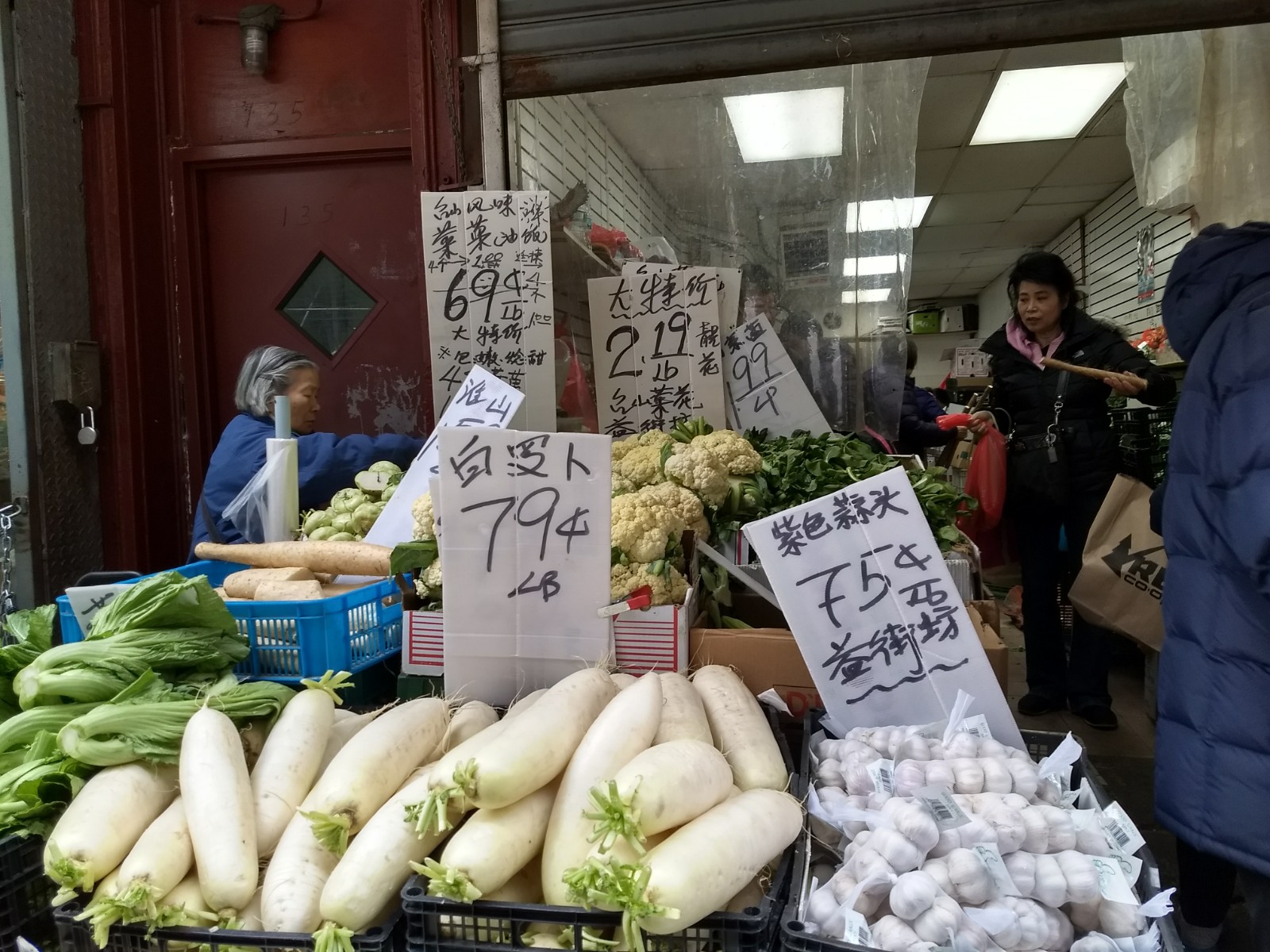
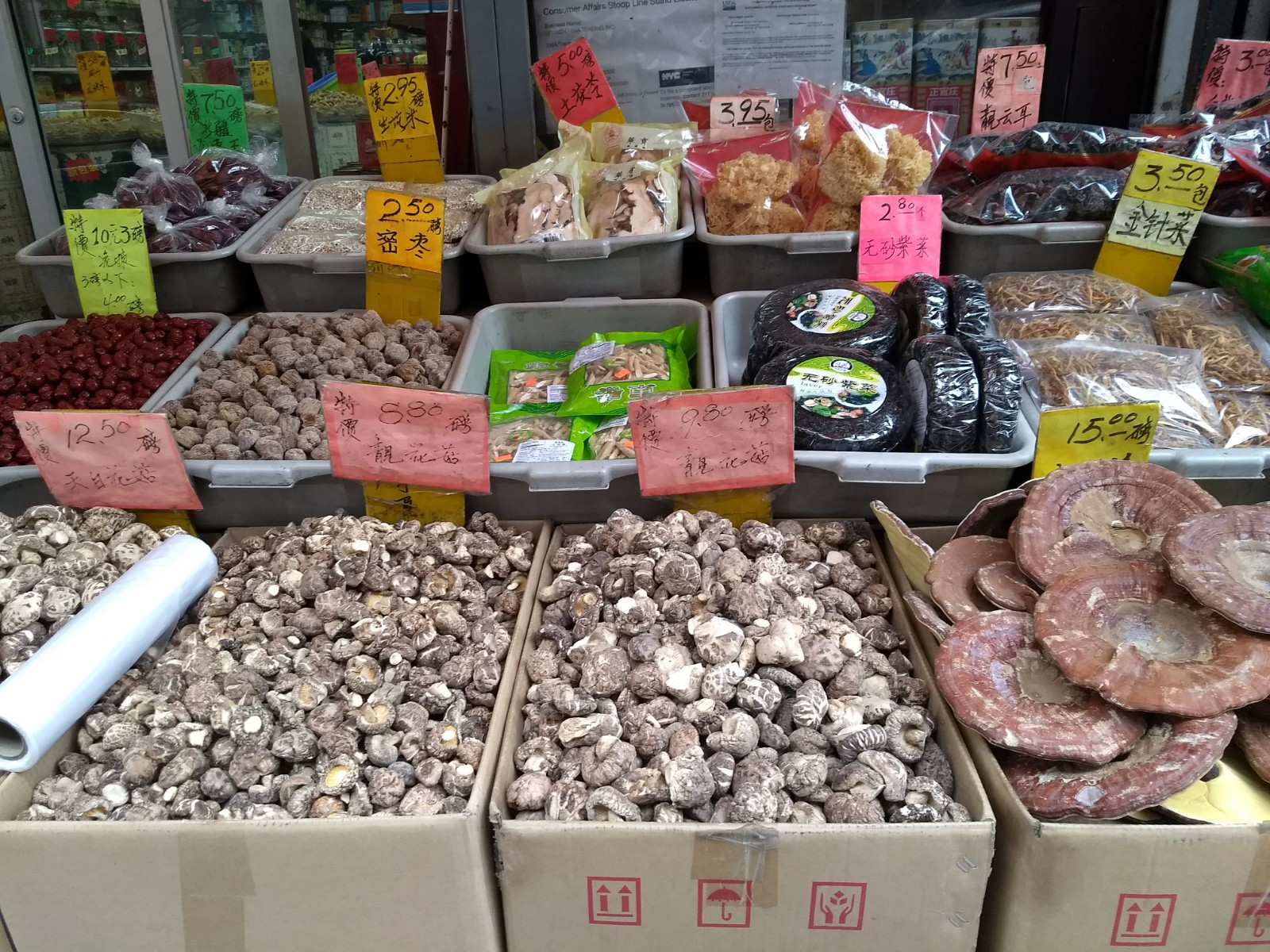
A food shopping ‘heaven’ for some, for others, not so much
“I’m from the North of China and I can get foods that are dong bei-style here that I can’t get anywhere else. There are so many food choices here—this is heaven for me.” —Mengting, rents
“I am a creature of habit, so I don’t have much new on my list of favorites. I love going to Aquabest on Grand for seafood. The family that owns that business has been there for a long time. My friend Sophia and her family runs Po Wing on Elizabeth and that’s a great spot for Chinese groceries and other Asian delicacies. Hong Kong supermarket on Hester Street and Kam Man on Canal are great standbys for Asian groceries. But the ultimate is always the street vendors selling fruits and vegetables on Canal and Mott.” —Wilson
“It’s not easy to find quality organic food in Chinatown so I usually shop at Whole Foods on Houston or take the subway to the one on 14th Street.” —Lucy
“I take a 15-minute walk to Hong Kong supermarket about twice a month. It’s just like the markets in China. I can get sauces, vegetables, drinks, everything I want and need.” —Jing, 20
“Chinatown is fairly well stocked with ethnic grocery and specialty shops but does lack American food staples, which are not stocked in Chinese-style supermarkets. For items like bread, butter, yogurt, etc., I walk to the only available option on the Lower East Side, C-Town, several blocks away, or to the Whole Foods on Houston.
“Food insecurity is a problem for low-income residents and seniors, especially since the pandemic. I volunteer at a food pantry here and its funding has been cut in half.
“The Pathmark was torn down to build One Manhattan Square and now it’s been replaced by Brooklyn Fare, an upscale market [with prices] out of the reach of many Chinatown residents. Now there are only two supermarkets in the neighborhood: CTown near Smith Houses and City Acres where prices tend to be too high for people on limited incomes anyway.” —Karlin
“Chinatown is one of the best places to shop for food. You can find shops that specialize in vegetables, some in fruits, some in meats, and some feature specific ethnicities. There’s a specialized Thai spot on Mosco Street where you can pick up anything you need to make a Thai dish—Pad Thai, coconut curry, Thai iced tea, etc. Although I hate the crowds, you can find good stuff on Mott Street between Hester and Grand Streets. From a.m. to p.m., it is always packed with elderly getting the best of the fresh items.” —Lilian
“DeluxeFood Market and New York Marts are right next to each other and I can basically find any food I would want between these two places.” —Betty
“Why would I go to a supermarket if I can go to what we always called ‘The Market,' those little shops on Mott Street. I go for fresh vegetables and fruits. There used to be butchers but not so much anymore. Lots of the shops sell only three different items and when they’re out, they’re out.” —Thomas
Eat out or takeout? Plenty of choices but some favorites closed
“My favorite restaurant was Tiny Shanghai on Mulberry Street but now it’s closed. I loved their soup dumplings. Joe’s Shanghai on Pell Street has great dumplings, though. For takeout I like the Vietnamese food from Nam Son.” —Betty
“I like Cantonese food. I just went to Ping’s on Mott Street with my family. But now I think that the best Chinese restaurants are in Flushing.” —Thomas
“I like to take friends and clients to Hwa Yuan. The original restaurant was owned by the grandfather of the present owner and was closed for about 20 years. The service is beautiful. I like the presentation and the food, and the staff is sweet. Their cold sesame noodles are delicious, so is their crispy beef and their duck. Here in Chinatown you can eat well for not very much money.” —Lucy
“I’m a big fan of Big Wong on Mott Street. They have great Chinese barbecue. Cha Chan Tang on Mott was a favorite but it has closed but Kong Sikh Tong on Bayard is still a standby. Another fave is Keki Modern Cakes on Mott Street. They make this amazing Japanese-style cheesecake. I also like Amazing 66 a lot as well as Xian Famous Foods, both in the heart of Chinatown.” —Wilson
"I only eat in a handful of area restaurants depending on my mood but I like old-fashioned Toisanese (region of China). [For me] that’s comfort food since I'm not into that ‘fusion this, fusion that’ stuff. One of my favorites is Wo Hop, which has a dynamite Kwangtung style lobster or crabs and steamed minced pork with water chestnuts and salted fish (tastes like canned anchovies). Another favorite of mine is Chinese barbecue like roasted whole pig, duck and pork, which I used to get at Yee Li. Unfortunately it’s closed now.
“The food choices in Chinatown are getting more and more diversified. Now we have Dominican, Thai, chicken take out places. It’s a great place for young people to eat and explore different kinds of food. I like to go up to Parisi Bakery at Spring and Mott for awesome sandwiches—big, Italian ones.” —Karlin
“Chinatown is still affordable in terms of food…but one-dollar items are hard to find now. Even Chinese bao [steamed, filled bun] at the bakery can cost $2.25 for just one. Many of the new places are either not Chinese or mainly sell bubble teas, coffee or desserts. For example, on Bayard Street, there is now a Malaysian restaurant, a Korean one, a sushi place and a bunch of new, unopened, modern-looking restaurants that will be opening in the tunnel that connects Elizabeth Street at Bowery between Canal and Bayard, across from the police station.”
“I personally love the barbecue roast pork at Big Wong. I’ve tried all the barbecue spots in Chinatown and though Big Wong is priced higher than the other spots, they really are the best! Delete: Noodle Town is also famous and great. I love the southeastern choices at Wok Wok and the Shanghainese soup dumplings at Shanghai Asian Manor. There is literally every type of Chinese food in Chinatown, all from different provinces. There’s also Vietnamese, Thai, and Korean now. For takeout, I liked the sushi at Matsunichi but it’s closed now but Big Wong is always good for something quick and delicious.” —Lilian
Consider a different neighborhood if you need lots of green space
“Chinatown has one [main] green space, Columbus Park, which happens to be among the most-used parks in NYC. There is also Sara Roosevelt Park on the eastern side of Chinatown, but both of those parks lack modern play areas for young children.” —Karlin
“Columbus Park is always good for some fresh air and people watching. Another one is Kimlau Square, a memorial for Chinese Americans who served in WWII. Another good quiet space is the courtyard of Confucius Plaza on the Bowery. It’s technically private property but there are a lot of benches to sit and relax.” —Wilson
“I moved to New Jersey so that my kids could have some green.” —Thomas
“There’s a new playground on Spring Street and it seems like fun. My niece has played there a few times now. I grew up going to Columbus Park.” —Betty
A good place to raise a family?
“The schools are good, especially elementary and middle schools...I think this could be a fine place to raise a family.” —Lucy
“The schools are great. Top in District 2 but highly competitive to get into. It’s a great place to raise a family but know that the apartments are very small. Many people are used to it though. For playgrounds, if you’re willing to walk a bit, Tribeca and the Seaport have some good ones.” —Lilian
“We moved to Fidi. We wanted to be close enough to Chinatown but also far enough so it didn’t feel like we lived where I worked. I think with kids it was important for us to live in a building with an elevator, most buildings in Chinatown are walk-ups. Although, with the kids a little older now, I wouldn’t mind it.” —Wilson
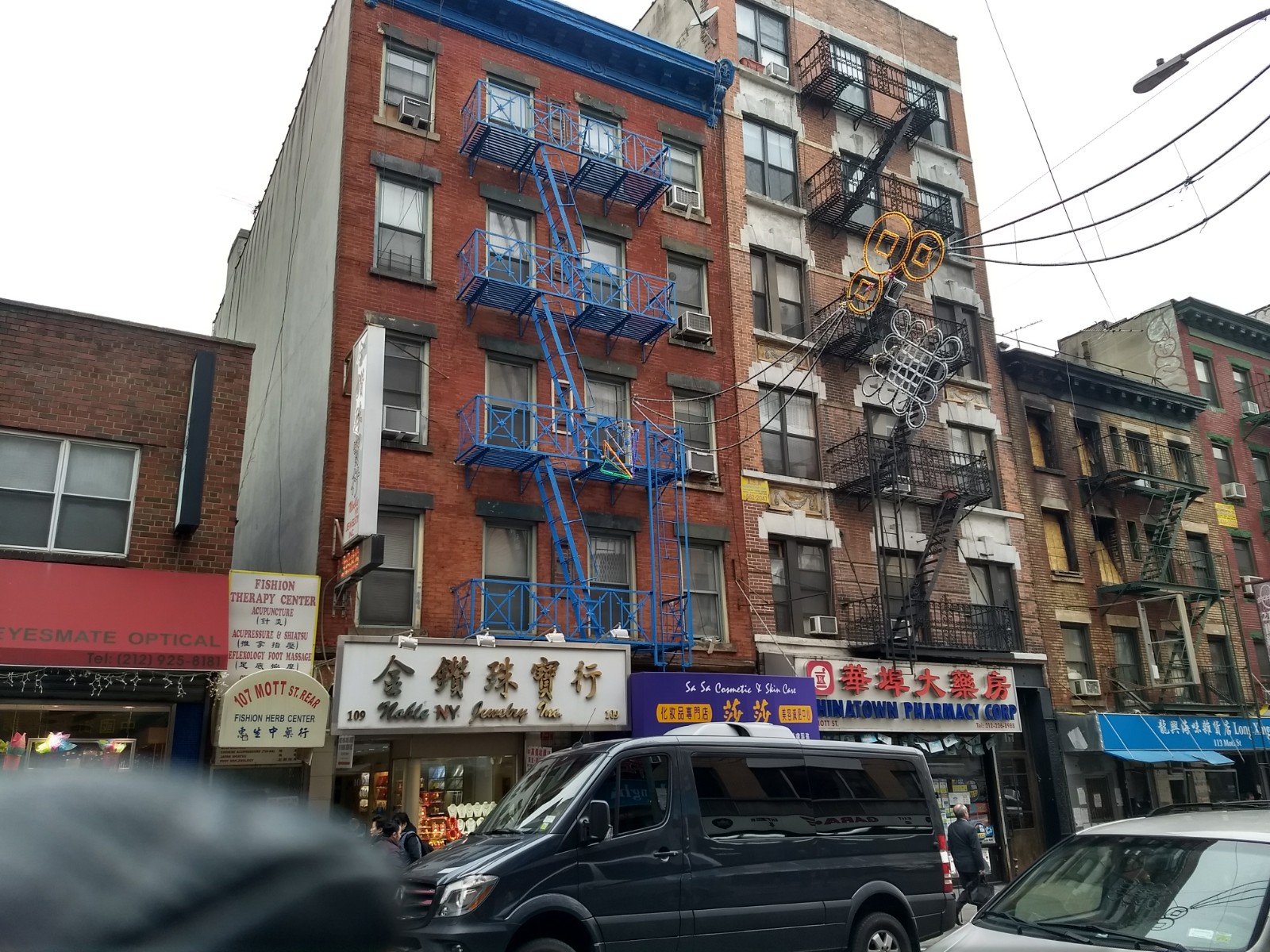
Rents and prices are rising but still more affordable
“Rents here have steadily increased and some buildings are approaching or are at market rate, but deals can still be found.” —Karlin
“Affordable? I think it’s still cheaper here than in other parts of Manhattan but I wouldn’t say ‘affordable.' It is quite hefty still.” —Lilian
“It’s expensive to live here now. You can move to Bay Ridge or Avenue U and buy a townhouse [for what you would have to pay here].” —Thomas
“When I moved to my building from Park Slope 20 years ago, this was the only place in Manhattan where I could afford to buy. I think it’s still affordable compared to other neighborhoods. Originally I didn’t want to live here but now I expect to stay forever. I love it here.” —Lucy
What are the Chinatown residents worried about?
“I want [the city] to take the barriers down [they’ve have been up since 9/11] and make it easier for us to walk to the subway. Open up the damned streets! It’s costing the city millions to keep the barricades up.” —Lucy
“As a property owner, I’m ambivalent about new development. As a New Yorker, I think it’s best to preserve neighborhoods like this. Changes should be done with input from the people who live here…Chinatown is losing its identity. Amazon is destroying [small businesses]. Will everything here become just bubble tea and restaurants?” —Thomas
“As an activist in the area I have a myriad of issues. I believe the main ones are lack of curbside [and] garage parking. Curbside parking is almost nonexistent because of our proximity to the courts and the placard cars taking away most of whatever available street parking there is. Another issue is that the NYC Sanitation Department hasn’t increased pickups in this high-traffic area.” —Karlin
“I rent a small room—about 100 square feet—in an apartment with two roommates. The people in the building are friendly and I like it here but there’s often the smell of garbage in the hall.” —Mengting
Advice for anyone planning a move here?
"I think Chinatown is a great place if you are okay with a walk-up and slightly lower rent because of the lack of amenities. If you are open-minded and friendly, you should give it a try. It’s an experience unlike any other part of town.” —Wilson
“Chinatown is a bustling place for food, culture, and exploration. There is definitely a lot to see, learn and do. Just know that the living spaces are smaller and many buildings are walk-ups, no elevators.” —Lilian
“Anyone who comes to stay with me loves being in Chinatown. I love the parades and the celebration down here. New Year's is just one of the many public celebrations; there are lots of others during the year too and all are fun.” —Lucy
“Chinatown, like any other ethnic enclave in NYC, has many new immigrants so people planning a move here or visiting should not expect everyone to speak perfect English, or as I jokingly say ‘talk American.’ Our supermarkets and butcher shops sell whole meat products like chickens with the head, butt, and legs intact so they shouldn't be grossed out by it. I've always found it incredibly rude for people to gawk and say, ‘ewww’ when they see a whole cooked chicken hanging in a window of one of our barbecue shops. I’m sure they've eaten chicken parts before!” —Karlin
You Might Also Like










